The cup moth [Doratifera] grub is at it again: the damage perhaps a bit patchier than the last infestation. The grub is pretty undiscriminating in its appetite, but appears to prefer stringybarks [Eucalyptus macrohyncha] in our area. The Bendigo Field Naturalists Eucalypt guide notes that this tree ‘is subject to annual, often very severe defoliation by the caterpillars of the cup moth. This places considerable stress on the trees, but almost certainly has its compensations in the form of reduced waterloss through reduced leaf area during summer, and improved nutrient recycling…’
The patchiness of the present infestation can be seen in the two photos below, taken less than two kilometres apart. In the first, the Maldon Historic Reserve seems completely untouched:
In the second, a couple of kilometres down the road, the devastation is clear. The second photo is taken in bush with heavier concentrations of stringybarks:
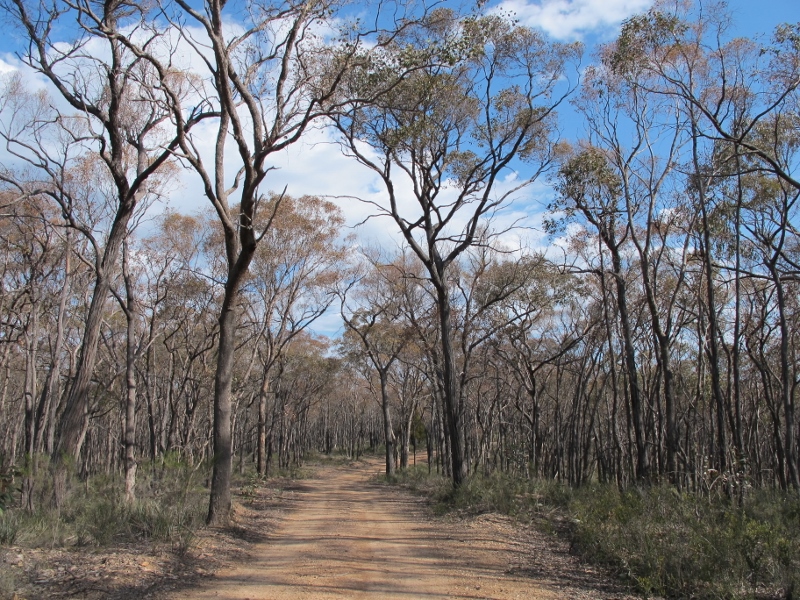
A couple of kilometres down the same track, on the same day: bushland with greater numbers of stringybarks is heavily defoliated.
How well does the bush recover from these infestations? Trees trashed a couple of years ago seem, on the whole, to have gotten over the attacks. On the other hand, our understanding of these matters is limited. As forestry researchers noted [in Australian Forestry June 2010, in reference to similar outbreaks in Gippsland early this century,
‘The cause of the outbreaks by Doratifera spp. is uncertain because of insufficient knowledge concerning their lifecycle. While climatic factors are likely triggers, other factors such as eucalypt host susceptibility, foliage nutritional status, altitude, forest type,

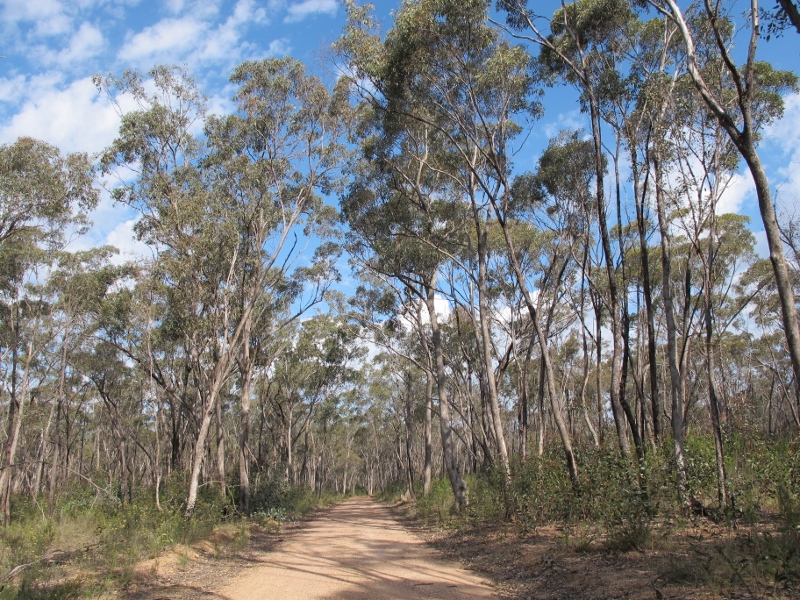
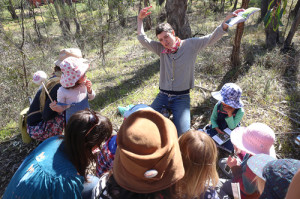
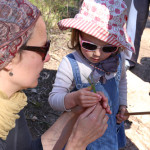


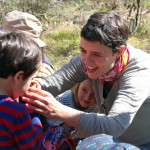
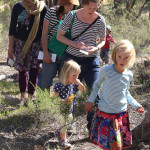
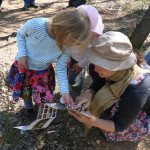
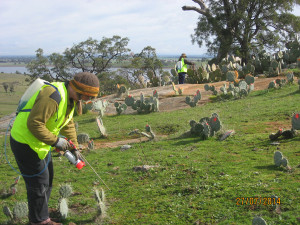
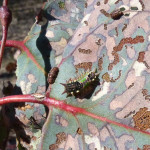
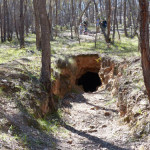
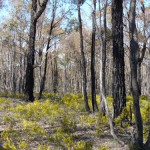
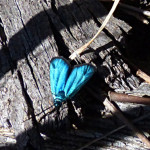
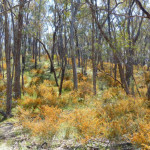
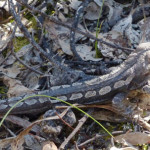
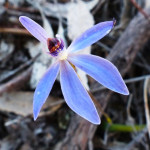
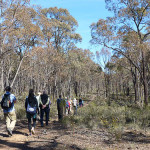
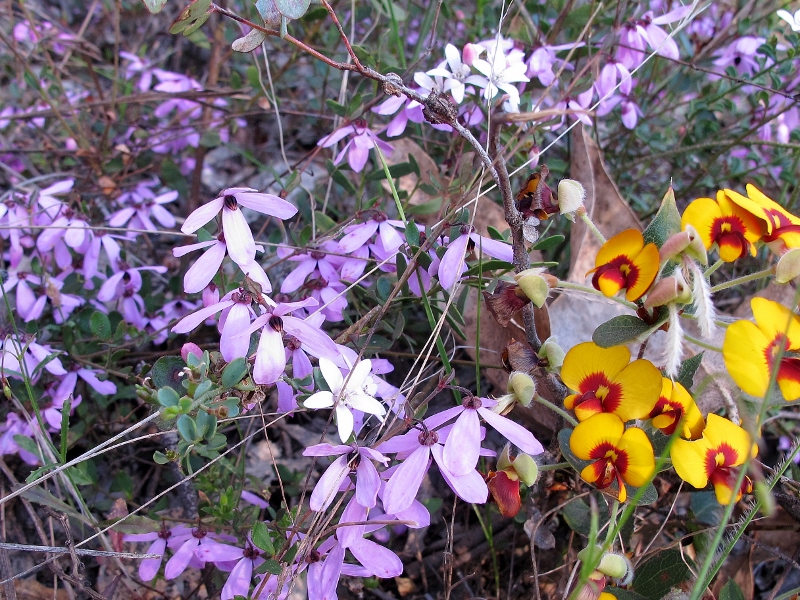
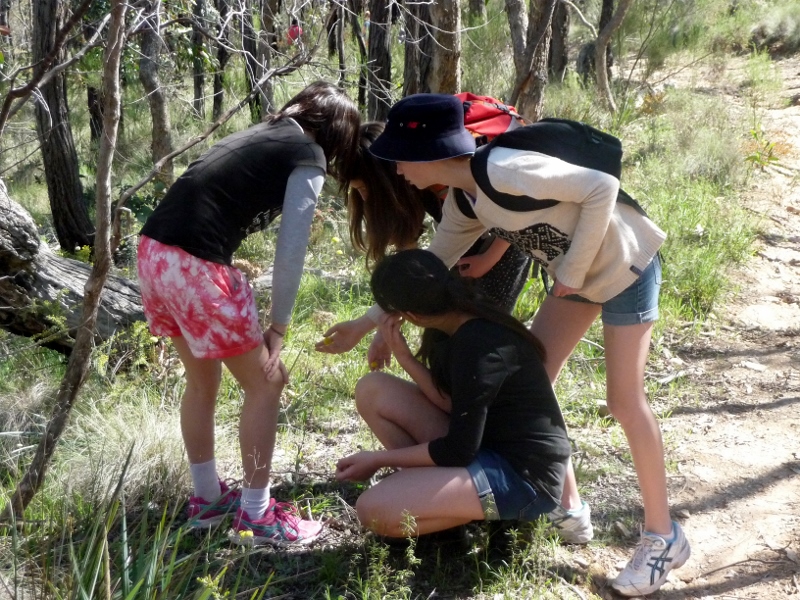
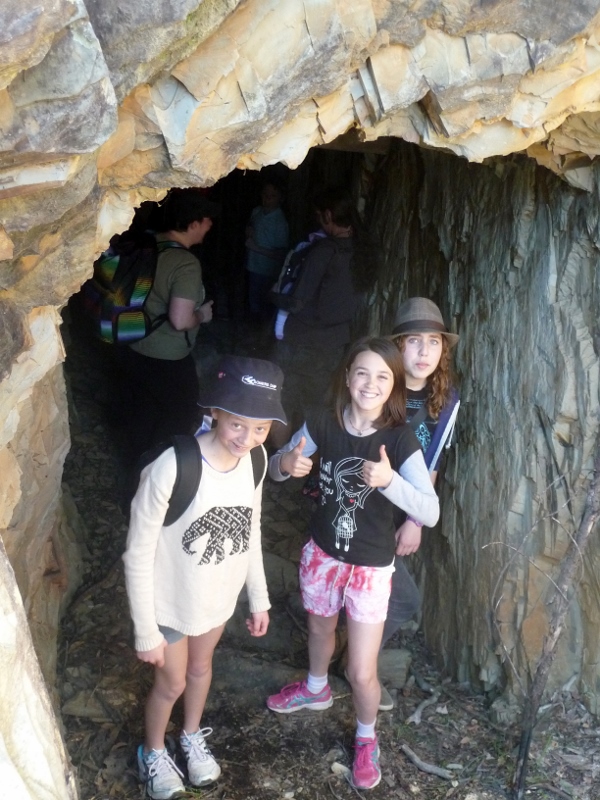
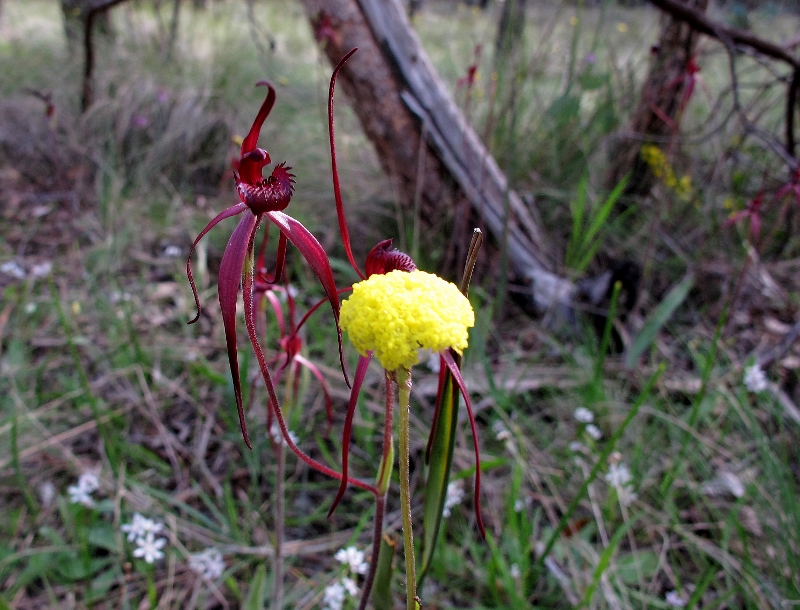
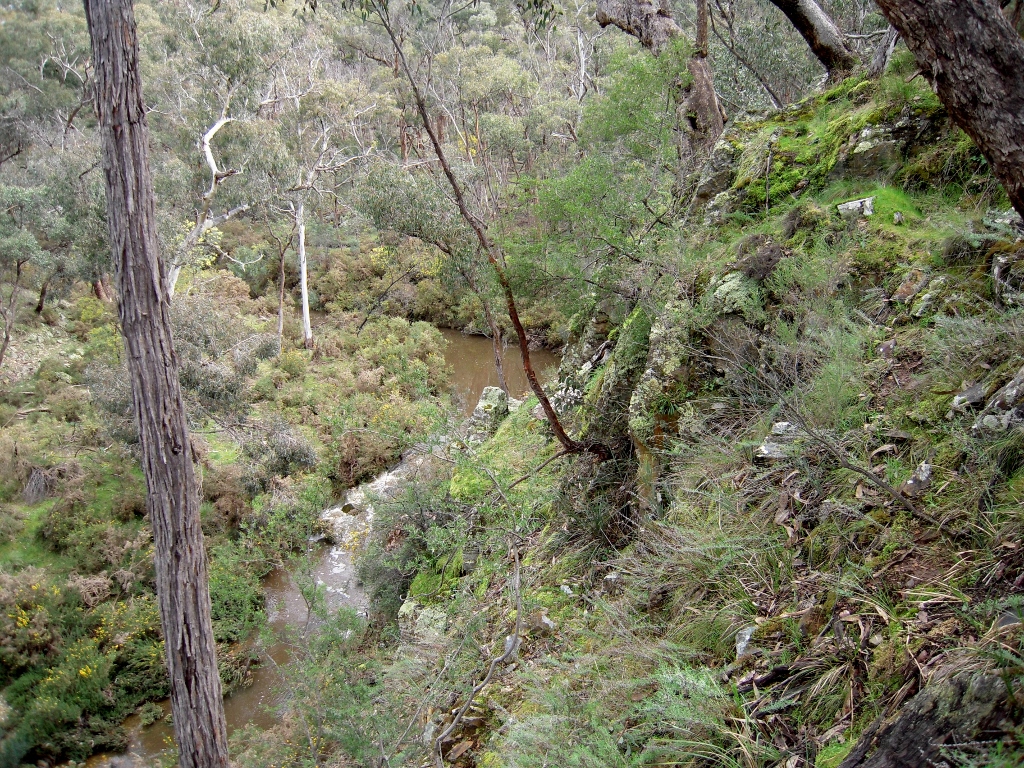



 Click on image for info/order page
Click on image for info/order page Click on image for info/order page
Click on image for info/order page Click on image for info/order page
Click on image for info/order page




















